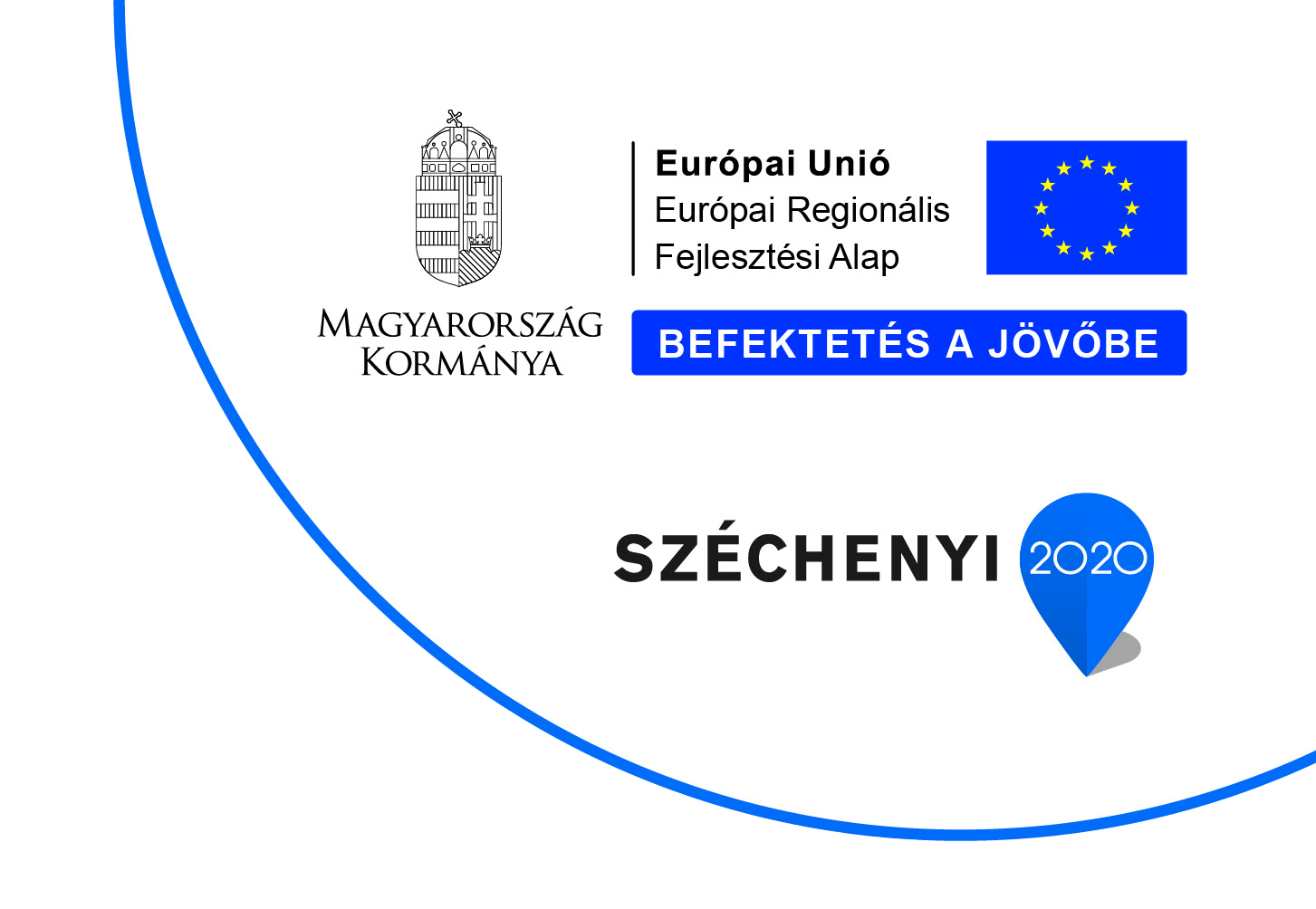In this application note we demonstrate the results of newly developed Pd, Ni nanocomposites and immobilized Ir complex catalysts for a wide range of chemical applications.
Download- Home › Application notes ›
- Synthesis of nanoparticles and their efficient use in the H-Cube® and H-Cube Pro™ flow reactors for reductions and H-D exchange reactions

